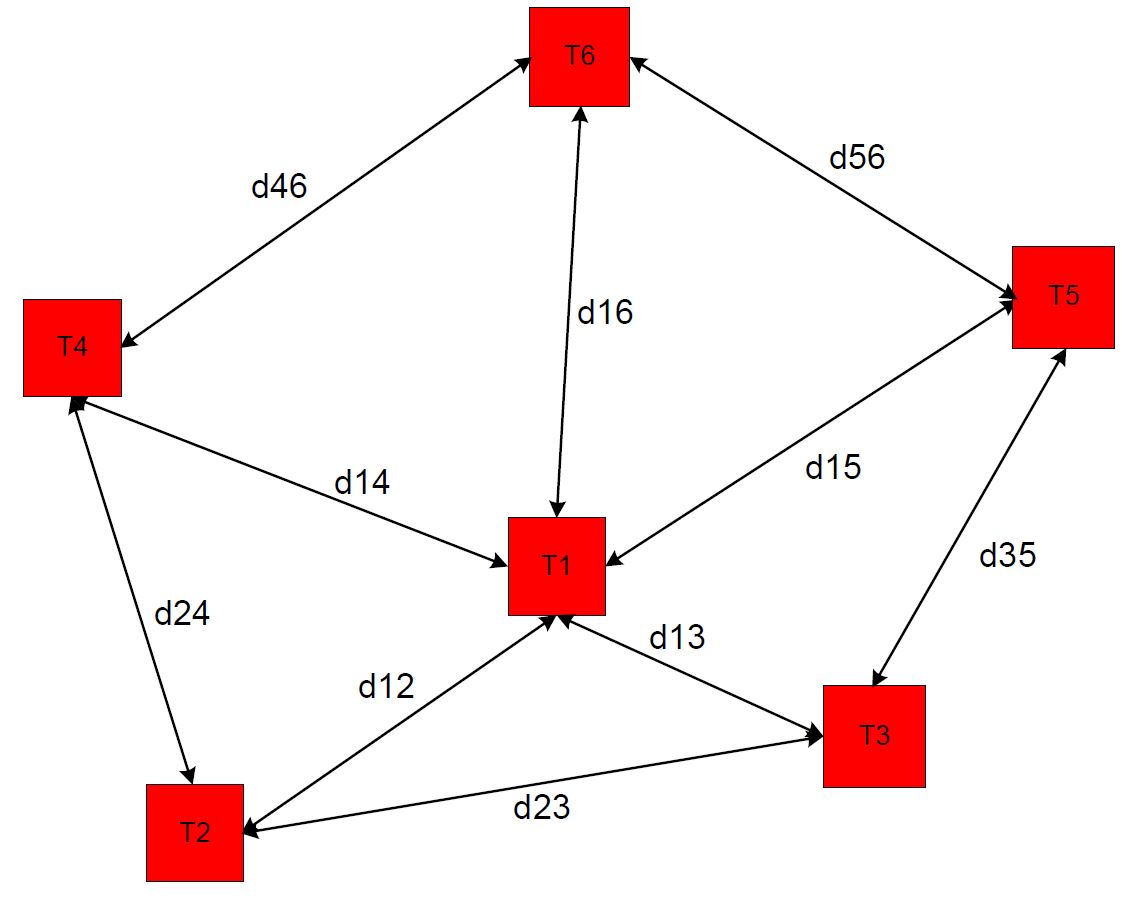- Home
- Symmetry Blog
- The Advent of RTLS and its Significance
The Advent of RTLS and its Significance
Friday, August 1, 2014
What is RTLS?
RTLS, or Real Time Location System, describes a class of systems that provide information in real time about the location of objects, animals, people, or just about anything you care to imagine.
The Best Example of RTLS: GPS
The most pervasive example of an RTLS is GPS. Just about everyone has heard of this satellite based technology that you can use, with the appropriate hardware and software to find your way in a foreign country you’ve never driven before or navigate in waters you have never sailed before. This is a remarkable system that has changed the face of commercial and personal navigation.
Problems with GPS
The problems happen when we go indoors. GPS doesn’t work well indoors, so all the tracking and location functionality that GPS provides suddenly disappears. This has led people ask for indoor location capability. This is where our new products from DecaWave come into play.
The Solution!
DecaWave’s DW1000 is the world’s first single chip UWB transceiver, enabling you to develop cost effective RTLS solutions with precise indoor and outdoor positioning to within 10cm. Based on IEEE802.15.4-2011, the DW1000 is also aimed at Internet of Things applications, with up to 6.8 Mbps communication capability.
3 RTLS Use Cases
1. Proximity- This is the simplest form of RTLS, where the requirement is to determine the distance between 2 items. Nodes establish how far apart they are from each other and take action accordingly.

Possible applications
- A mobile phone’s separation from a laptop or other personal possession- the Find My Phone type application.
- The proximity of a key fob to its associated automobile.
- The proximity of an Alzheimer's patient, or an infant or toddler to an unlocked door through which they are not authorized to pass.
2. Absolute location using fixed infrastructure- This is traditional RTLS scheme. The location of tagged objects is established using a number of fixed anchors in known locations around the area in which the tagged objects are located. These anchors can be separate units or can be incorporated into wireless access points.

Possible applications
- Tracking and location of assets and patients in healthcare.
- The tracking and location of pallets, packages, and items in warehousing and logistics applications.
- The tracking and monitoring of farm animals.
- The monitoring of inventory, work in progress, and finished goods in manufacturing environments.
- The tracking of which components have been assembled to other components.
- The monitoring of tool movements to ensure manufacturing sequences are carried out in the correct order.
3. Relative location among group of nodes- In this situation, there is no fixed infrastructure, so nodes must establish their location relative to their nodes in their network.

Possible application
- First Responder situations where emergency services arrive at a building that is not equipped with RTLS infrastructure, but they need to track the progress of their personnel as they enter the building.
Implementation Methods
To determine the absolute position of a tagged object in 2D or 3D space it is necessary to determine how far away it is from a number of known points denoted as anchors. With this knowledge and with some relatively simple mathematics it is possible to calculate the location of the object.
There are a number of different methods of implementing RTLS using wireless schemes but they effectively devolve into two basic types of scheme:
- Those based on radio signal strength – commonly referred to as Received Signal Strength Indication or RSSI schemes.
- Those based on the measurement of time – where the time it takes the radio signal to travel between transmitter and receiver is measured using one or more of a variety of different techniques and then, knowing the speed of light, the distance can be calculated.
About DecaWave
DecaWave is a pioneering fabless semiconductor company whose flagship product, the DW1000, is a complete, single chip CMOS Ultra-Wideband IC based on the IEEE 802.15.4-2011 UWB standard. This device is the first in a family of parts that will operate at data rates of 110 kbps, 850 kbps and 6.8 Mbps.
The resulting silicon has a wide range of standards-based applications for both Real Time Location Systems (RTLS) and Ultra Low Power Wireless Transceivers in areas as diverse as manufacturing, healthcare, lighting, security, transport, and inventory & supply chain management.
Symmetry offers DW1000 and DWM1000 module product, as well as evaluation kits to reduce your development time. We also offer products to complement these modules and can assist in selecting the correct module or kit for your design.
For assistance in selecting modules and antennas, please call us at (310) 536-6190 or contact us online.